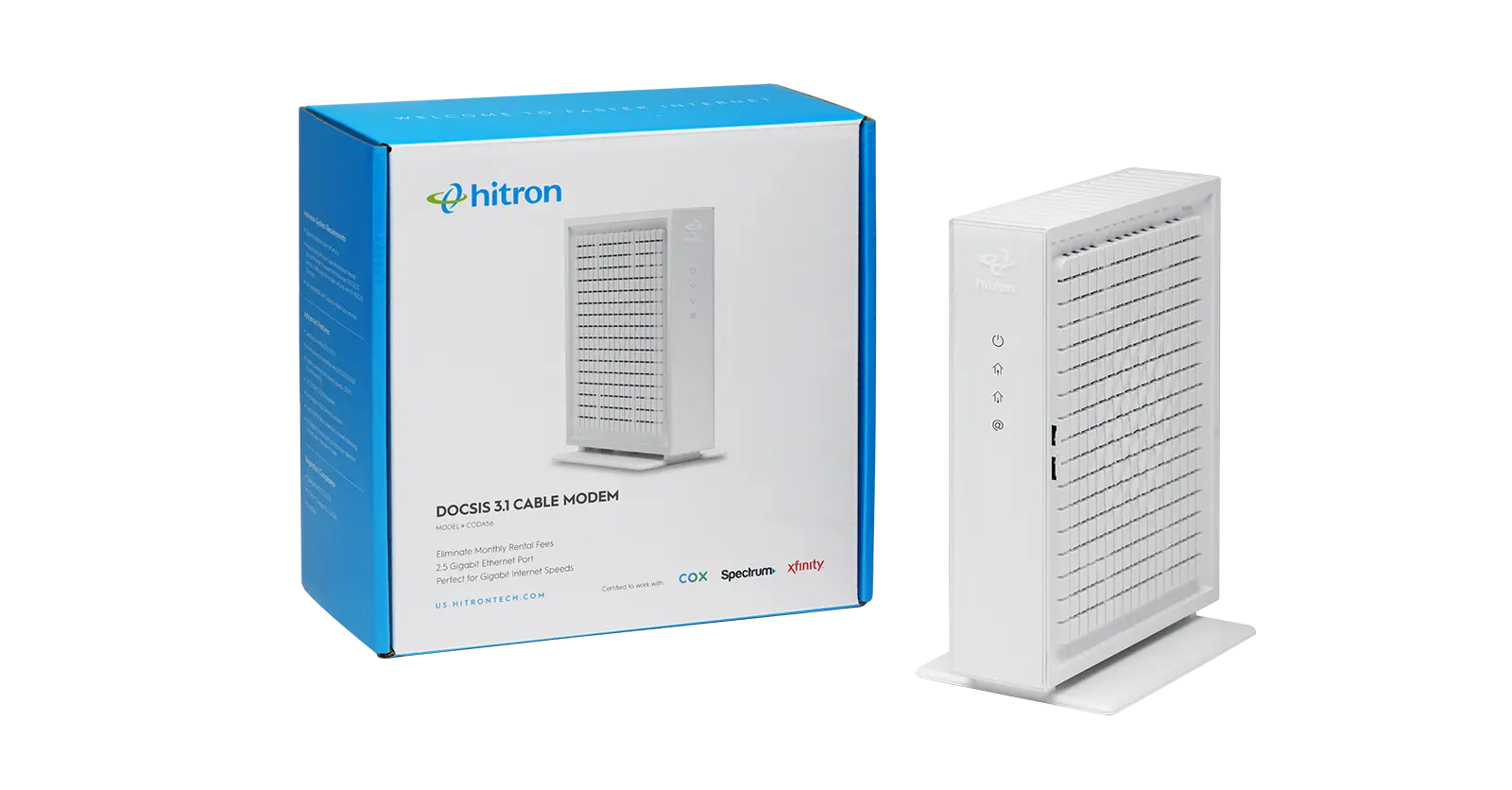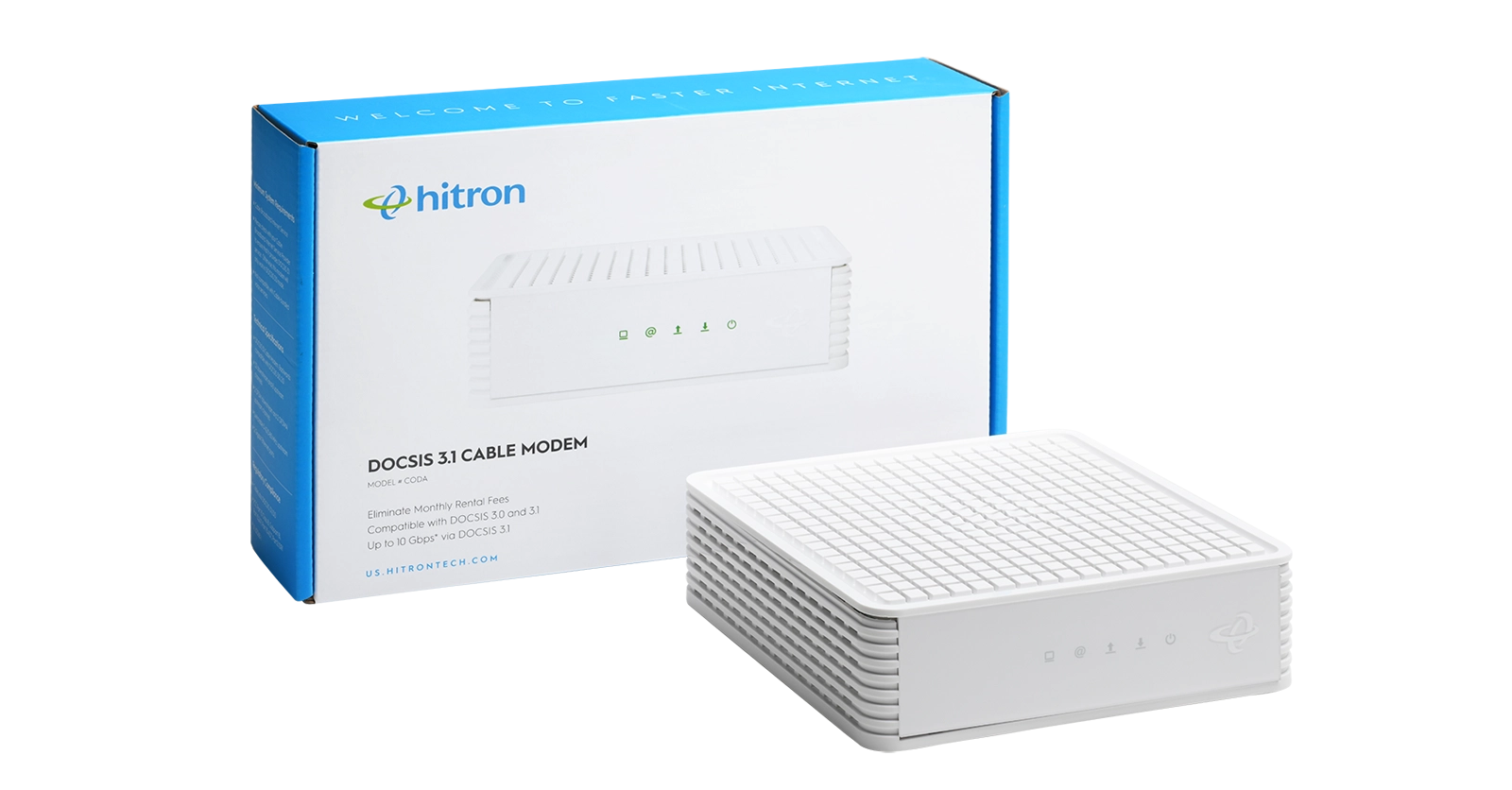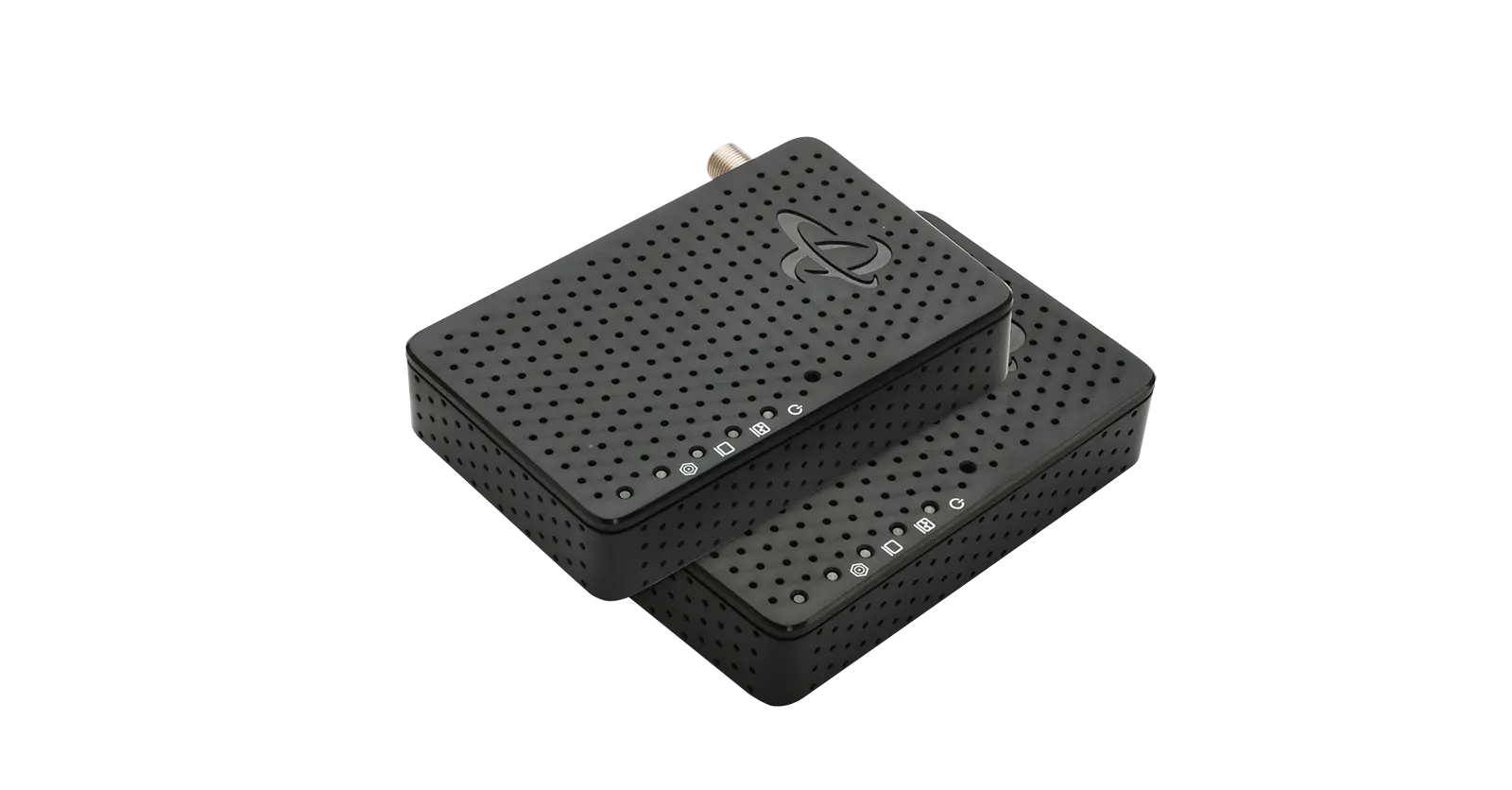Wi-Fi can be vulnerable to obstacles and interferences including walls and floors, but you can get strong Wi-Fi that isn’t affected by walls and floors. With the right devices and Wi-Fi boosters, you can get Wi-Fi in any room on any floor in your home.
Things That Cause Interference with Your Wi-Fi Signal
WiFi signals are radio waves and there are some everyday things that can interfere with your Wi-Fi signal:
- Radio devices, like baby monitors or Walkie-Talkies
- Your microwave
- Concrete or other thick material walls
- Metal walls or floors
You can get past these interferences with the right Wi-Fi boosting measures in place.
Boosting Your Wi-Fi Through Floors & Thick Walls
The solution is using Wi-Fi boosters. But there are different types depending on your situation and needs. Choose one of the following depending on the size of your home:
- Wireless network adapters/extenders – Network adapters or extenders are a wired solution that helps to improve the performance of your home network. Because its wired, its less vulnerable to interferences and obstacles like walls and floors.
- Mesh Wi-Fi – Wireless Mesh connects wirelessly to form a network throughout the area where the mesh pods are placed, but can be vulnerable to wireless interference.
Both of these options take your existing WiFi signal and extend its reach, even when it has to get through floors and walls.
Coax to Ethernet Adapters (MoCA)
your home is like most homes in America, it’s wired with coaxial TV wiring. This coax wiring is designed to handle video and other high-bandwidth applications and is perfect for creating a superfast and reliable home network backbone. When your coax wiring is combined with a MoCA adapter like the HT-EM4 MoCA adapters (ideally you need two MoCA adapters to create a point-to-point network connection), it converts your coax to Ethernet, which gives you a wired and extremely fast network capable of up to 1 Gbps speeds, that lets you connect all your Ethernet and wireless devices to it.
By simply using HT-EM4 MoCA adapters in your home, you can get corner-to-corner Wi-Fi and enhance your Internet connection speeds in every room in your home.
To learn more about improving your Wi-Fi, check out Hitron’s Learn Page or blog.


